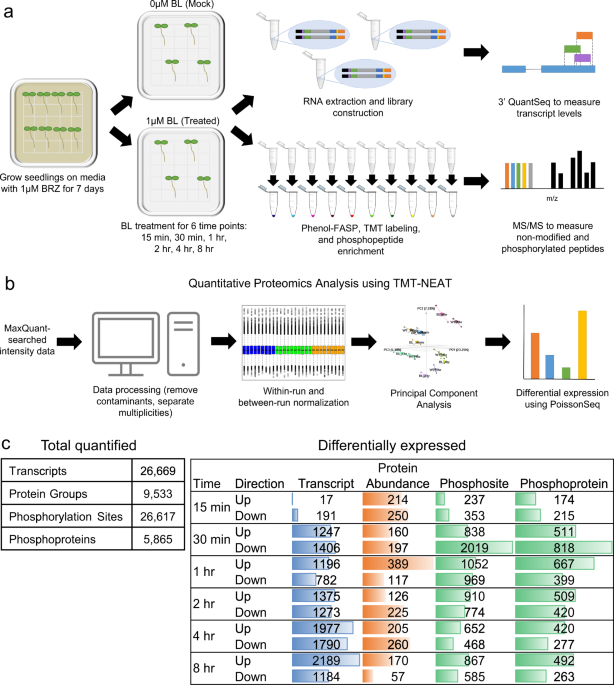

In the mouse model of TB, the acute phase of infection is marked by exponential growth of the bacteria in the lungs. Mycobacterium tuberculosis ( Mtb), the etiologic agent of tuberculosis (TB), causes up to 8.8 million new clinical infections and 1.4 million deaths annually ( World Health Organization, 2016). Thus, an Irg1 regulatory axis modulates inflammation to curtail Mtb-induced lung disease. RNA sequencing analyses suggest that Irg1 and its production of itaconate temper Mtb-induced inflammatory responses in myeloid cells at the transcriptional level.

Infection of LysM-Cre Irg1 fl/fl, Mrp8-Cre Irg1 fl/fl, and CD11c-Cre Irg1 fl/fl conditional knockout mice along with neutrophil depletion experiments revealed a role for Irg1 in LysM + myeloid cells in preventing neutrophil-mediated immunopathology and disease. Irg1 −/−, but not WT, mice succumbed rapidly to Mtb, and mortality was associated with increased infection, inflammation, and pathology. To evaluate the functions of Irg1 in vivo, we challenged wild-type (WT) and Irg1 −/− mice with Mycobacterium tuberculosis ( Mtb) and monitored disease progression. Cell culture studies suggest that itaconate regulates inflammation through its inhibitory effects on cytokine and reactive oxygen species production. Immune-Responsive Gene 1 (Irg1) is a mitochondrial enzyme that produces itaconate under inflammatory conditions, principally in cells of myeloid lineage.


 0 kommentar(er)
0 kommentar(er)
